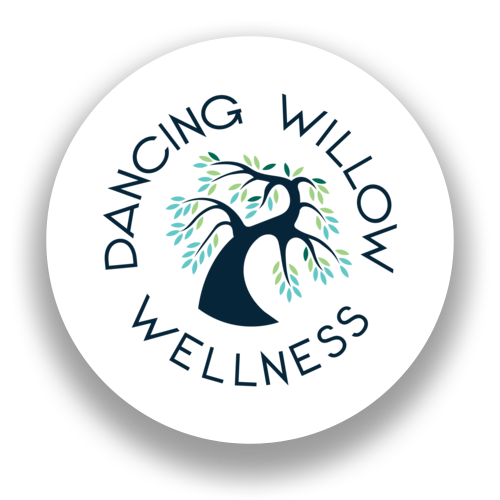The Art of Making Tea
I grew up in England, so I may be biased, but I believe there is nothing quite as soothing to the soul as a good cup of tea.
Just taking the time to sit down for a few minutes, to be still, to feel the comforting warmth of a cup in your hands, is a balm for busy days. And if your hands happen to be wrapped around a cup of herbal tea, you may also benefit from the healing properties of those herbs. You may be surprised to know that there is an art to making a good herbal tea. It’s not hard to do, but it can greatly improve the quality of your tea.
Firstly, let’s talk about the herbs you may use. These come in two main types; soft plant parts such as leaves and flowers and hard or woody parts such as roots or bark. To get the most benefit from each, they need to be handled a little differently – but don’t worry, if you have even the most basic of culinary skills, you already know what to do.
Leaves, flowers, and other tender plant parts readily give up their healing properties, so a good soak in hot water is generally all they need. This type of tea is called an infusion, and if you’ve ever poured boiling water on a tea bag, congratulations – you’ve made an infusion.
When we infuse herbs, they need to steep a little longer than the average mug of black or green tea. Delicate petals and flowers can be steep for as little as 5 to 10 minutes, whereas most leaves require at least 20 minutes to steep. Some leaves, especially those full of minerals such as Stinging Nettle or Raspberry leaves, can be steeped overnight to ensure maximum extraction. If you use a blend of herbs, aim to steep the tea for as long as the slowest steeping herb requires.
Many flavourful or aromatic leaves and flowers contain substances known as volatile oils. These oils exist as tiny molecules designed to be released into the air by the plant, attracting pollinating insects or repelling predators. We enjoy them as the calming fragrance of lavender or the stimulating aroma of a mint leaf. Volatile oils also have anti-microbial properties that enable plants to heal wounds or fight off bacterial or fungal infections. Those volatile oils can have much the same effect on our bodies.
When we heat these oils as we do when making tea, by pouring boiling water over them, they become even more volatile and tend to rise in the steam and disperse into the air. This is not so great if you were hoping to benefit from the medicinal qualities of the herbs. To prevent this from happening and keep those volatile oils in your tea, it’s important to cover the container. Put the lid on your teapot, or a saucer over your mug. The steam will condense on the underside and drip back down into your tea as it steeps, along with all those volatile oils.
The woodier parts of plants, such as roots, twigs, bark and even some dried berries, require different treatments. Soaking in hot water is often not enough to extract their medicinal properties due to the presence of fibrous cellulose and lignans. But this is not a difficult process, just a little more time-consuming. These herbs are combined with cold water in a saucepan, brought to a boil over the stove and gently simmered for about 20 minutes. This is called a decoction, and it will sound very familiar if you’ve ever boiled carrots or potatoes. The only difference is that we drink the liquid and discard the herbs. Again, putting a lid on the saucepan is a good idea to prevent any volatile oils from escaping.
If you combine both woody and soft plant parts in a tea, make a decoction with the woody parts, and once it has simmered, take it off the heat, add the softer plant parts, put the lid on and let it infuse for however long you need.
The next question is how much herb or herbs to use. I recommend using 1 to 2 rounded teaspoons of herb or herbal blend for each cup (250ml) of water if you use dried crushed herbs. This is about the equivalent of 1 teabag. This ratio stays the same whether you are using a single herb or a dozen different ones: the total amount of herb or herbs used should always be 1 to 2 teaspoons of dried herb(s) to 1 cup water. If you are using fresh herbs, about 1 tablespoon of chopped herbs or blend per cup of water works well. This accounts for the water content in fresh plants that adds to their bulk.
A note on using fresh herbs: they will work much better if you chop or tear them up before making tea. The outside of a leaf is a tough cellulose layer that does an excellent job of separating the inside of a plant from its environment. To get at the healing properties within the plant's cells, you need to break open that tough layer. Whole leaves or flowers floating in water may look picturesque, but they don’t make particularly good medicine.
All that is left is to strain your tea, perhaps add a touch of honey, sit back, exhale, relax and enjoy your perfectly made herbal tea!
Rebecca




